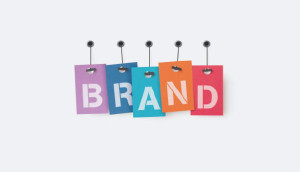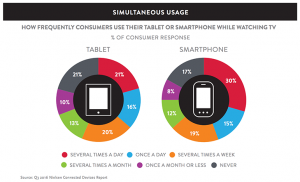When you’re preparing to launch a new product it’s natural to think about new branding to reflect your investment in development and aspirations for success.
The key is to develop branding that will give you the sales you want.
The right product branding can help you punch above your weight when entering new market segments. However, there are several considerations to take into account when branding new products or services.
Product branding strategy – Questions to ask yourself

- What brand equity do you have in your existing product branding?
If your current product or service ranges enjoy substantial brand equity, you potentially risk losing positive association and recognition if you deviate too far from them.
Think carefully about your target customers, looking at cross- and up-sell opportunities related to your existing range. If there are strong links with other products or services you offer, radically different branding risks cannibalising your customer base and negatively impacting sales across your portfolio.
- How competitive is your market?
You need to balance your existing brand equity against the level of saturation and competition in the market segment you’re entering.
In a competitive market, the right branding can deliver the cut-through you need to win business. It helps you position your product or service as a new breed, delivering a more appealing proposition to your customers.
Product branding execution – Practical considerations
Once you’ve considered strategic elements around existing equity and market competition, there are several practical elements to consider.

- Start by being clear on your brand promise
A brand is not just a logo. The logo is just a visual cue that supports the wider brand, which encompasses the promise you make to your customers about the experience you offer.
To give you a basic example, easyJet, with its typeface and orange and white colour palette, offers a promise of cheap flights. Sir Stelios has expanded into other markets, such as gyms, property rental and hotels. All use the same design scheme. Because of the equity around the easyJet brand, you know at a glance that easyHotel and easyGym offer that same low-cost, no-frills promise. If easyGroup companies stop being cheaper, all the orange in the world isn’t going to help them retain and acquire customers.
You therefore need to start with clear idea of what promise your product or service is making, and then develop the design and marketing materials to communicate that idea.
- Emphasise benefits over features
People don’t buy what your product does, they buy how it helps them. How do you save money? How do you make their lives easier?
For example, a new software solution might use an innovative, proprietary code to aggregate data from multiple sources. That’s the feature. The benefit is that the user can see exactly what’s going on in his business at a glance. At a basic level, the software saves time while facilitating growth.
Your brand promise therefore needs to go beyond specific product features to cut to the heart of why people should care about it.
- Select a design you can use across multiple platforms
Between marketing collateral, point-of-sale materials, exhibition stands, website, advertising, media articles and email templates you will have to use the brand design in many different contexts.
Make sure the design you choose will work well (and cost-effectively) in all these different media.
For example, an icon of a water droplet can look brilliant in print. You can divide elements of the image so some are gloss varnished, meaning the droplet will have a nice sheen on brochures and business cards. However, translate that image to a website and it will look bland and flat. The print cost associated with that gloss varnish will also be higher than basic print, which may be impractical for general materials like product sheets.
- Create a trademark where possible
Your product brand will have value in terms of intellectual property. Getting the legal protection of a trademark will help protect that value, and the market position you’re cultivating.
Are there other branding considerations that you’ve found to be crucial for your business based on past experience launching new products or services?
To discover the impact that colour has on your brand, click here to read our blog.
Business Articles | Business 2 Community
(325)
Report Post




